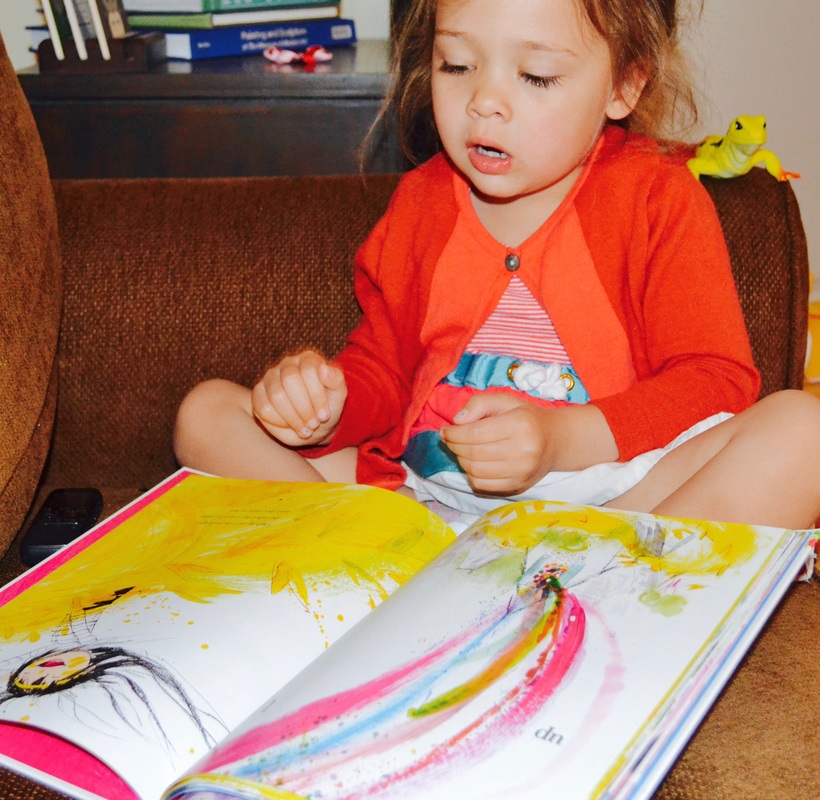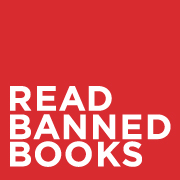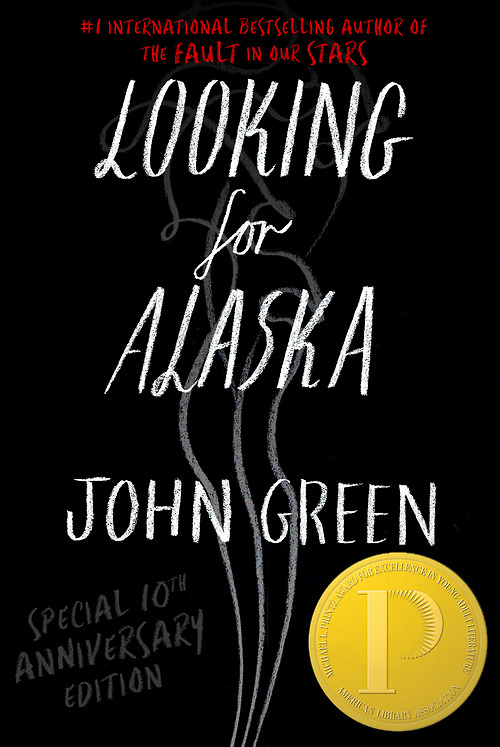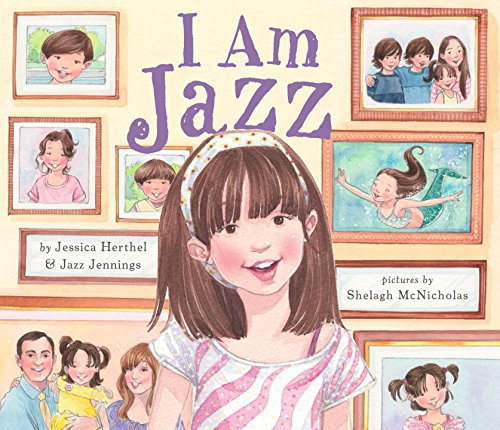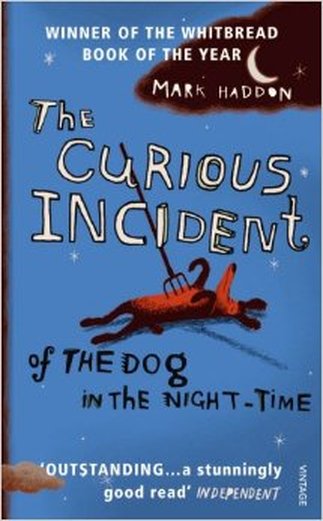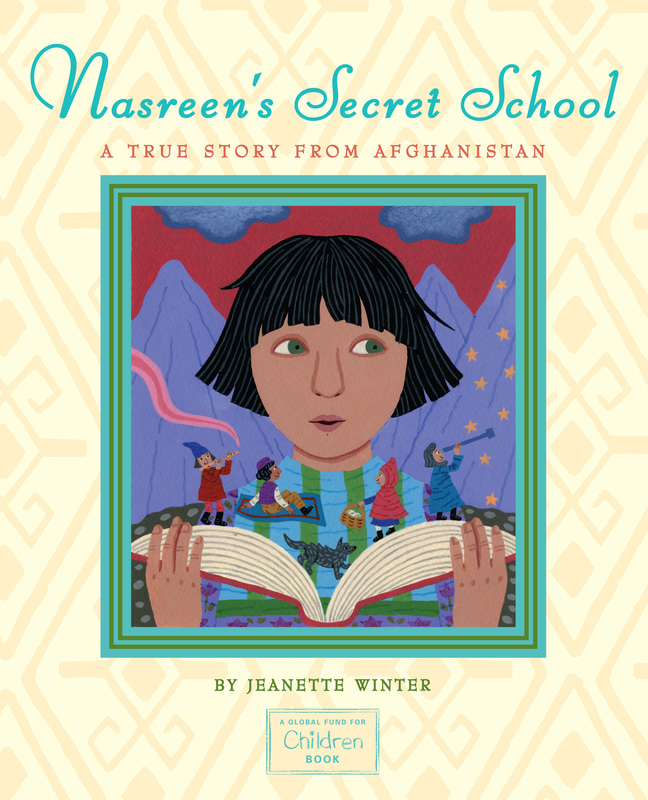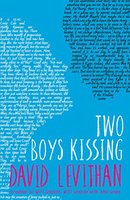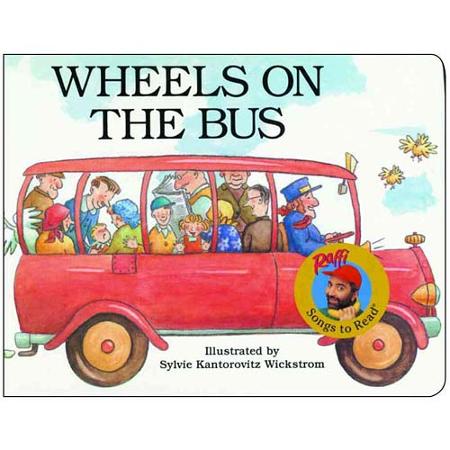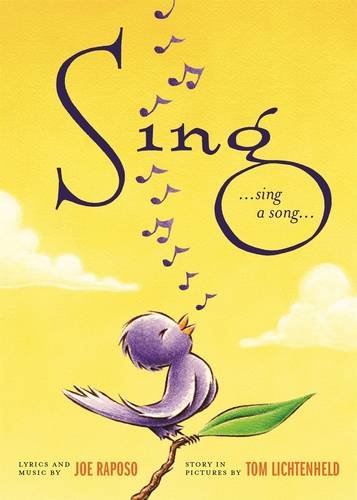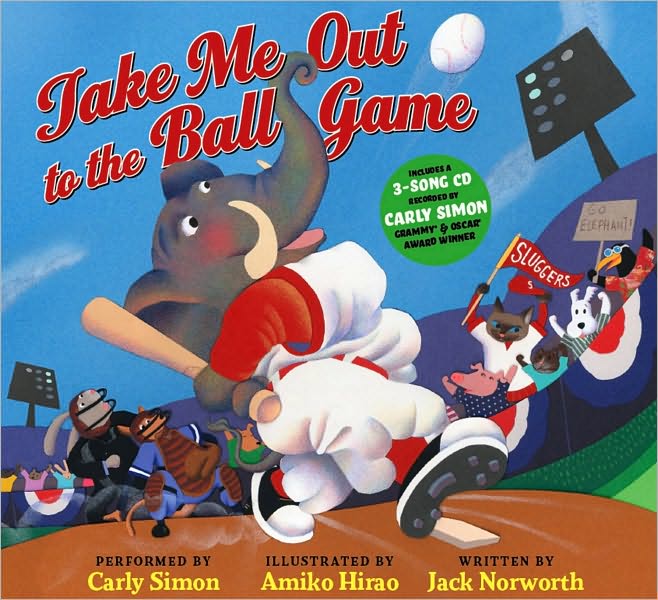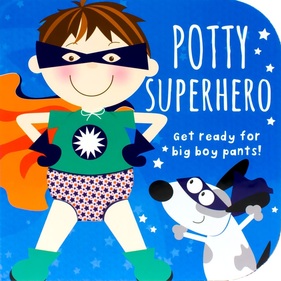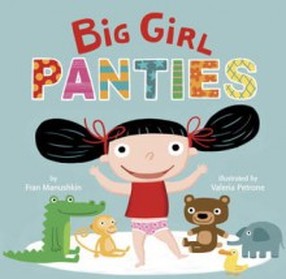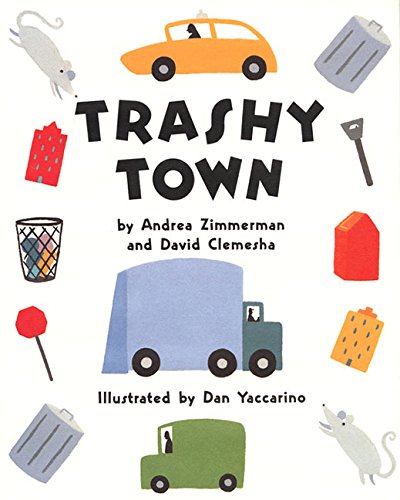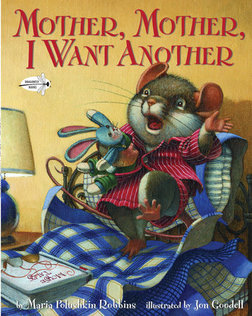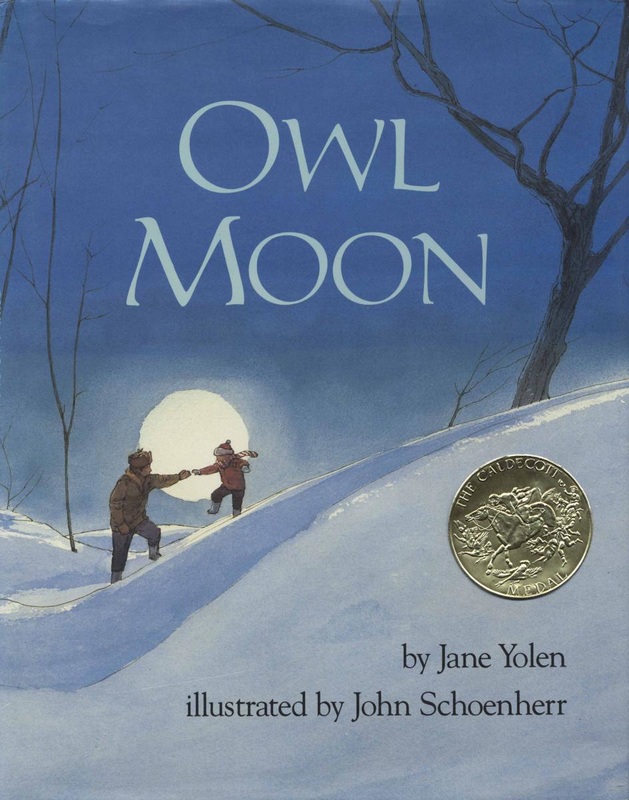|
My recording of Swatch, our favorite book. Liliana likes to listen to our recording when I'm not around. Or even if I am, sometimes she picks the recording, like she did in the above picture. She was "reading" (and practicing her own fluency) with our recorded reading.
Our current homemade audiobook playlist includes I Want My Hat Back, How Little Lori Visited Times Square, Swatch and Charley Harper's Animal Alphabet. It's 26 minutes of reading that she can listen to over and over and over again - well past when I would consider reading the story again. My limit is usually 3 times before I start reading poorly - but she can do this 10 times in a row if she wants to (with a well-read, not tired version).
Please share!

After wanting to know what butterflies need to eat, Liliana read about butterflies. And then, we went to our farmer's market, talked to our horticulturist, and bought flowers so the butterflies would be well-fed. It all started with getting out into nature. And was followed by reading to help her learn about her world.
Please share!
Recently, when I asked my friends what their favorite reading material was - I got varied responses. Some answered with their favorite childhood book, others answered with adult classics and others responded with what they loved reading to their own kids. But only two people referenced poetry. And they both called on Shel Silverstein. And that's because, most people don't like poetry. That includes me. Usually. One of my friend's reference to Shel Silverstein brought up a memory from so long ago, it was one of those spontaneous remembrances that I have to share. The rawness, the embarrassment, the difficulty with poetry. In 6th grade, our school had a big musical production. Everyone could try out. I decided, against my better judgment and my own nerves, to give it a go. I chose a Shel Silverstein poem to use and practiced it over and over. And over. And over again. I practiced it in my head. I practiced in front of a mirror. I practiced on the bus. I do remember this, I had my own copy of Where the Sidewalk Ends. I'm not sure why, but I did. And, I still have that copy. It's sitting next to me right now. The spine of the book is so worn from practicing the poem for this audition, that my copy opens right to page 59. To a poem called Sick. I remember being very nervous at the audition, but having a very inviting and trustworthy teacher, Mrs. Von Trebra, at the helm making it okay to try out. In front of everyone. With poetry. The good news is - I made it through the experience. The bad news - I was so nervous, that I'm pretty sure I read with absolutely no fluency. I just read it out of my head. It had no feeling. I focused on one point on the wall and just got it out. I felt like I read poetry wrong. I didn't do it justice. And that made me hate it. But, here's the real poetry. I did it. I went on to not star in the 6th grade production. I had a very small role (incidentally, a role that required me to stare blankly ahead while I delivered my lines) and my mom made the flapper dresses for one of the musical numbers. But still, I made myself experience life. Even now, I still remember what it felt like to try out in front of everyone. To feel like I didn't "read it right". And, that's how a lot of people feel about poetry - that they can't read it right, understand it or pick good poetry to begin with. And so, many of us don't read it at all. Not to ourselves and definitely not to our kids. Now, fast forward to when I was at Northwestern and taking a class on teaching writing to kids. A big part of the class was doing a lot of our own writing and eventually, we hit upon a poetry unit. Not my favorite. Our professor assigned each of us to bring in poetry from our lives for the next class. The day we were all supposed to bring in our poetry, we went around the room and shared what we brought in. Most people brought in a poem they liked, or a poem that represented their current moment in the universe, or a poem they aspired to in life. Public speaking was not always fun for me and sharing even just in class is a public speaking event. Now, it doesn't bother me. But 10 years ago, it was always an act of making the private me, public. So, I was nervous to share my poetry. It didn't help that I brought in something totally, and completely different than everyone else. I was putting myself on the line in a big way. I had a binder shoved full of paper as my poetry. And that paper had baseball stats on it. Yep. With highlighter marks, to-do lists, circles of important stats. Every year, I was on a fantasy baseball team. And I usually did pretty well at it - or at least, it was something I was very confident in doing in my own real life aside from school and teaching. To become good at fantasy baseball, I managed my team by checking stats, trends and following specific players and their match-ups. I printed it all out, put it in a binder and usually had this binder on my desk. Oftentimes, that binder turned into where I'd write my to-do list, or messages from voicemail or stick a post-it note a student had given me during the teaching day. That binder was my poetry. It was the poetry of my life. The idiosyncrasies that I experienced, the observations I made, and the actions that I took. The binder was my rhythm. If writing is one way to express and share observations in life, poetry is just another form of that. You could look through that binder and observe my life happening. Poetry in motion. Living poetry. I'm still not in love with poetry. Sharing that binder made me more confident in myself, and it took awhile before I happened onto poetry that I loved. But, I still don't like all poetry and some of it is still really hard for me to grasp. I remind myself that songs are poetry too. And, I try a new poem or poet every once in awhile. Just to be sure. After all, poetry is the rhythm of experiencing life. And here's a bonus, from my personal collection. In one of our apartments, I was convinced our upstairs neighbors were bowling every night. Or, they had so much stuff, they had to move their furniture around like one of those sliding puzzles so they could move, one square at a time. In any case, I got riled up enough one night, I wrote this haiku: A quiet night's sleep Is what everybody needs Be light on your feet! I never delivered it. But I keep the original draft in my desk drawer, to remind myself that not all poetry is bad. It can be a great outlet too. The American Library Association, who is tasked with keeping tabs on our libraries across the country, also receives the statistics on which books are asked to be removed from library shelves across the nation. Parents, usually, are the ones submitting requests for bans on books. To be clear, the American Library Association does not ban books. They simply keep track of the books across the nation that are most challenged - "to inform the public about censorship efforts that affect libraries and schools". For reference, the most challenged series from the past decade (2000-2009) was the Harry Potter series. Every year, they release the list and the reasons books are asked to be removed. Without further ado:
2. Fifty Shades of Grey, by E. L. James Reasons for Banning: Sexually explicit, unsuited to age group, and other (“poorly written,” “concerns that a group of teenagers will want to try it”).
This Year's ThemesAside from usually banned books, this year's seems to include coming of age stories in the era of homosexuality, refugee crises and marginalized individuals. It's not often that we see picture books on the Banned Book List (the last was Tango Makes Three) and it's worth noting that many of these books are true stories or memoirs of true events. Enjoy (and keep reading, even if they are tricky subjects)!
 Photo Credit: Lori Cannava I was reminded of this tip tonight. After I our little girl climbed into bed and was situated with her millions of stuffed animals and tucked in just right, and I left her to slumber, I heard her over the monitor, "I need a lullaby."
So, I went back to her room and sang her a song. Singing and reading are a lot alike. Even for big kids. It's calming. It's lyrical. It has cadence. It has meaning. It helps make meaning. It's expressive. Singing is after all, is reading with a tune. Singing books are some of our favorites. I quickly re-learned Baby Beluga from my childhood because Liliana loved the song so much; then, we found the book and our lives were complete. Puff the Magic Dragon is another current favorite and I find that the picture book really adds something to the original song (don't worry, no reference made to the popular adult meanings attached to the song!). Books set to songs are great books to have around if you want to mix up your reading routine and teach your little one a song or two. Songs are great ways to bond together - read together, sing together, rhyme together, learn together, have fun together! I've rounded up a few of our favorites. I've also included links to the YouTube recordings of the songs, done by their artists in case you want to listen.
Enjoy! I've been asked for this list so many times, it's time to share it worldwide (or to whoever lands here). Potty training is so much fun, I thought you'd like reading about it with your kid too! We started with the P is for Potty because Liliana loved Elmo so much but that's not every kid. The first two on the list are still well-read in our house because Liliana just loves them - even though she's way past the training phase. I just read Pottytime Chickies before naptime today! Our tried and true list:
Enjoy (and good luck)! This will be a series looking into why we read to our kids, best practices for doing it and training in how to do it best at home. Powerful Predictors Ages: 6-11: "Have characters that look like me" Ages 12-17: "Have parents who help them find books and encourage reading for fun in specific ways" Just the other day I had a conversation about reading with a good friend who is also a parent. We were talking about how there is so much to do with kids and so much pressure and the question came up. Do I really have to read to my kid for 30 minutes everyday? I said, not exactly. That's not exactly the way to look at it. Wait, what? Why not? The pediatrician and teachers told me I had to. One main reason is because it makes reading seem like a chore. It can be much more creative than that. And oftentimes, there are a few instructions missing when teachers, doctors and librarians ask parents to read to their kids for 30 minutes.
When teachers and pediatricians ask parents to read at home, it's because they want kids to be supported in literacy in all places in their lives. Being able to read is so important. It's a life skill. And we all know that. Just reading 30 minutes every day without much training actually shows very mixed results, especially for the younger set. So, what are we to do? There are research-based ways to go about it and the Reading Workshop model is supported by mounds of research. It was first proposed as a reading model in Nancy Atwell's book, In the Middle. I've gone through this book forward and backward while teaching, so you don't need to. There are five components to Reading Workshop and since 1987, when Atwell's book was first published, the research has supported each component. They are uncomplicated - read everyday, have authentic choice options, respond to books, have a community of readers and have routines around reading.
I will delve into the areas in more depth in future posts, but the one I want to focus on today is having access to authentic choices in reading. Ideally, teachers would evaluate what each student is interested in by experiencing life with together, listen to the questions the student has and then develop a set of reading texts that would support the student in reading. But, it's just not possible for teachers to do this with all of their students, all of the time. That's where you come in. You can go experience life with your kid. And then building reading from there. Here's an example. My daughter was really interested in doing a butterfly kit last year. So, we did one. I bought a bunch of books ahead of time that showed us how a caterpillar turns into a butterfly. Some had great pictures, some were only pictures, some were way above her reading level but made good read alouds for us, and some were only somewhat related to gardening. When we got the stack of books, guess what happened? She wanted to go outside and find butterflies. Perfect idea. So we did that. And when we got back inside, Liliana looked at me and was obviously disappointed. There were no books about ladybugs! What?! Of course not! We were doing something related to butterflies! We were both frustrated. Had I done an outside garden walk first - had we lived first, I would have known. I would have heard her questions. I could have better tied butterflies into ladybugs and gardens and showed all of them were related to helping gardens grow. Instead, I was scrambling to find books about ladybugs (good or bad). I had made the mistake. I tried a cold open to reading and learning. I counted on the subject being interesting enough, with a hook (the butterfly kit) to get her interested, but ignored that she might have tangential interests that were still pertinent. I should have warmed her up. Taken her outside, to the farmer's market, the botanical gardens, a museum, or watched a video and listened to her questions. This is true for bigger kids too. It's always better to base your reading with them on something they have real questions about or a real interest in. It's actually a form of reading comprehension. And, it's good child psychology. Your child is in a zone of proximal development. Your child is ready to learn and understand, with your help. Text to self connections are one of the first ways we teach readers to understand what they are reading. And, it's one that sticks with every good reader. That's why when kids get older, they want to see characters in books that look like them and act like them too. They are making those same text-to-self connections. They are asking questions while they read - is this believable? Would I do this? So, I contend to make your reading successful with your readers at home, you need to warm them up. To foster a love of reading, foster a love of living. Listen to what your child is talking about, what gets them speaking up and speaking fast, what lights their eyes up. Then, base your reading time with them on their interests and their questions. Surround them with authentic reading choices. And yes, experiencing life with them, should absolutely count for your 30 minutes. Enjoy! I recently had a friend ask me for more goodnight book suggestions for her toddler and I'll be honest, I thought this was going to be an easier list to put together than it actually was. She sent me what she currently reads including Pajama Time, Llama Llama Nighty Night and Good Night New York and I sent her a few quick suggested additions to her nighttime routine. Then I went about looking at any new goodnight books that were on the bookshelves that I may have missed. Let's start with some background. Almost every parent knows the book Goodnight Moon. Not everyone loves it, but let's talk about why it is so popular. Because it's important - a lot of goodnight books are derivative of Goodnight Moon. Margaret Wise Brown, through her research, learned that kids were very interested in the "here and now". And so, that was what her storytelling became. Simple settings, simple kid language with cadence that is based upon familiar routines. This was a book revolution! So much so, that the New York Public Library didn't circulate the book until 26 years after its initial publication. The book became popular through word of mouth. It lulled your 2 year old to sleep (and maybe you, but the 2 year old was the important one). So parents recommended it to other parents and its popularity increased. Now it's a goodnight staple in many households. The Here and Now storytelling method became a mainstay. Again, the important part here - It puts your kid to sleep. At bedtime, sometimes you want books that are relaxing but are also fun to read during other times of your day or are a different take on bedtime than the Here and Now. So, I went on a search for other goodnight books that are fun to read at bedtime, will slow down the day for a few minutes but may also provide some text complexity or imagination to your bedtime routine. This list is especially useful for the toddler set - 2 years old and older. Goodnight Books |
| Like trains? Try out Steam Train, Dream Train 1-2-3 by the same authors as Goodnight, Goodnight, Construction Site. It's a cute counting bedtime story, loading the train up with animals that will go to sleep. I actually like it better than Goodnight, Goodnight, Construction Site. |
| This is an American Library Association recommended book for toddlers' libraries. It details Mr. Gilly, the trash collector's journey through Trashy Town. Just when the repetitive nature gets to be a bit much, the author changes course. After he cleans up, the only thing left to clean is Mr. Gilly. This is a good book to wind down, or read before bath time. The author based this book on her own son's interest in the garbage truck going around town and I usually find that parent-written books are extra relatable. Liliana loves this one. |
| 3. Mother, Mother, I Want Another This book made me laugh. It highlights the struggles parents feel when getting their little ones to bed. They will do anything, including, getting another mother. The mother frantically searches for another mother to put her mouse to sleep but the book hinges on its playful language from the toddler mouse, who just wants another...kiss. Not another mother! You'll get a laugh and an extra goodnight kiss out of this one. |
Books that Wind Down the Day
| In time for poetry month, this is a lyrically written book by an award-winning author and a Caldecott winning illustrator. Perfect for winding down the day and relaxing. It's also a great book if you have a star, night-sky lover. This book captures the awe we feel when we look up into the nighttime sky. |
| For all of you Sandra Boynton lovers, this is a good book to supplement her other goodnight books. One hippo all alone, calls another on the phone. Once all of the hippos arrive, there is a party! But every party must end, and they all start to go home. What's interesting in this book? You count up to 9 and back down, meeting 44 hippos along the way (you are left with the original hippo). She does the math for you, but you could do it later if you wanted. |
| Emily Winfield Martin is an artist who wrote a book...actually a few. Her illustrations are dreamy and the story is affirming for any young child. The drawings are filled with imagination and the words are calming and relaxing. | Kevin Henkes' newest book won the Theodore Geisel award for little readers. The book focuses on the trinkets little kids find and keep - and what they're waiting for. | A perennial favorite and with rich text, this is a story of a father taking his child owling. The story is full of patience, paced words and beautiful pictures. Jane Yolen knows how to tell a story. |
Enjoy!
This is possibly going to be the quickest of the quick literacy tips, ever. And the easiest to do. When Liliana was just starting to handle books, we signed her up for Babybug (you can see Grandpa reading it to her above) and the Sesame Street magazine. She loved them, even though she's just staring at the camera. She would usually pay extra attention to the baby magazines.
Sign your kids up for magazines. This branches off of last week's quick literacy tip because...everyone LOVES getting mail. Not junk mail, real mail!
Sign your kids up for magazines. This branches off of last week's quick literacy tip because...everyone LOVES getting mail. Not junk mail, real mail!
Categories
All
Award Winning Books
Baby Books
Banned Books
Big Kids
Books And Movies
Boy Readers
Elementary
Gift Guides
Ideal Bookshelf
Middle School
Picture Books
Poetry
Pre K
Quick Literacy Tips
Reading And Art
Reading And Science
Reading Intentionally
Reading Reflections
Reading To Your Kids
Read Joyfully
Read Real Books
Sunday Stories
Therapeutic Reading
Upper Elementary
Writing
Archives
December 2019
August 2016
July 2016
June 2016
May 2016
April 2016
March 2016
February 2016
January 2016


